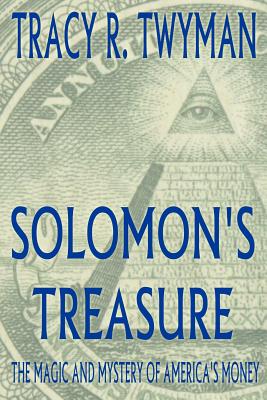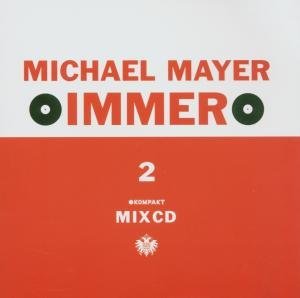
Solomon's Treasure explains how the magic of the dollar operates. The creation of money by the Federal Reserve, and its exponential multiplication by the procedures of the banking system, is analogous to the creation and multiplication of gold in the metaphysical practice of alchemy. The members of the Federal Reserve Board are in many ways like sorcerers, conjuring wealth seemingly out of thin air and distributing it at will to transform the American economy according to their desires. The dollar is "fiat currency", declared into existence by the central bank in a manner similar to the creation of the universe by the divine words "Let there be light!"
This system depends entirely on a religious faith by the American people in the supernatural power of the dollar. This faith is reinforced by the financial terminology currently in use, as well as by watchwords and symbols found on American money. These act as magical charms, and also as tokens of communal trust in, and fidelity to, the dollar as an institution. Every time a person spends a dollar, or accepts a dollar as payment, they are confirming their belief in the dollar, and using it to exercise their spiritual will. Even the familiar dollar ($) sign has an occult meaning which is linked with these ideas.
Solomon's Treasure reveals the role played by the proto-Masonic Order of Knights Templar in the development of capitalism and the modern banking system. Because of their pivotal contributions, numerous modern financial terms, monetary concepts, and banking practices can be traced back to the Templars. Perhaps most shocking are the links between the treasure of King Solomon, purportedly discovered by the Knights Templar, and America's wealth. In Solomon's Treasure, author Tracy R. Twyman explains how time-honored esoteric wisdom principles of wealth creation have been passed down through the ages: from King Solomon, to the Knights Templar, to the Freemasons, and ultimately to the architects of the US dollar.







